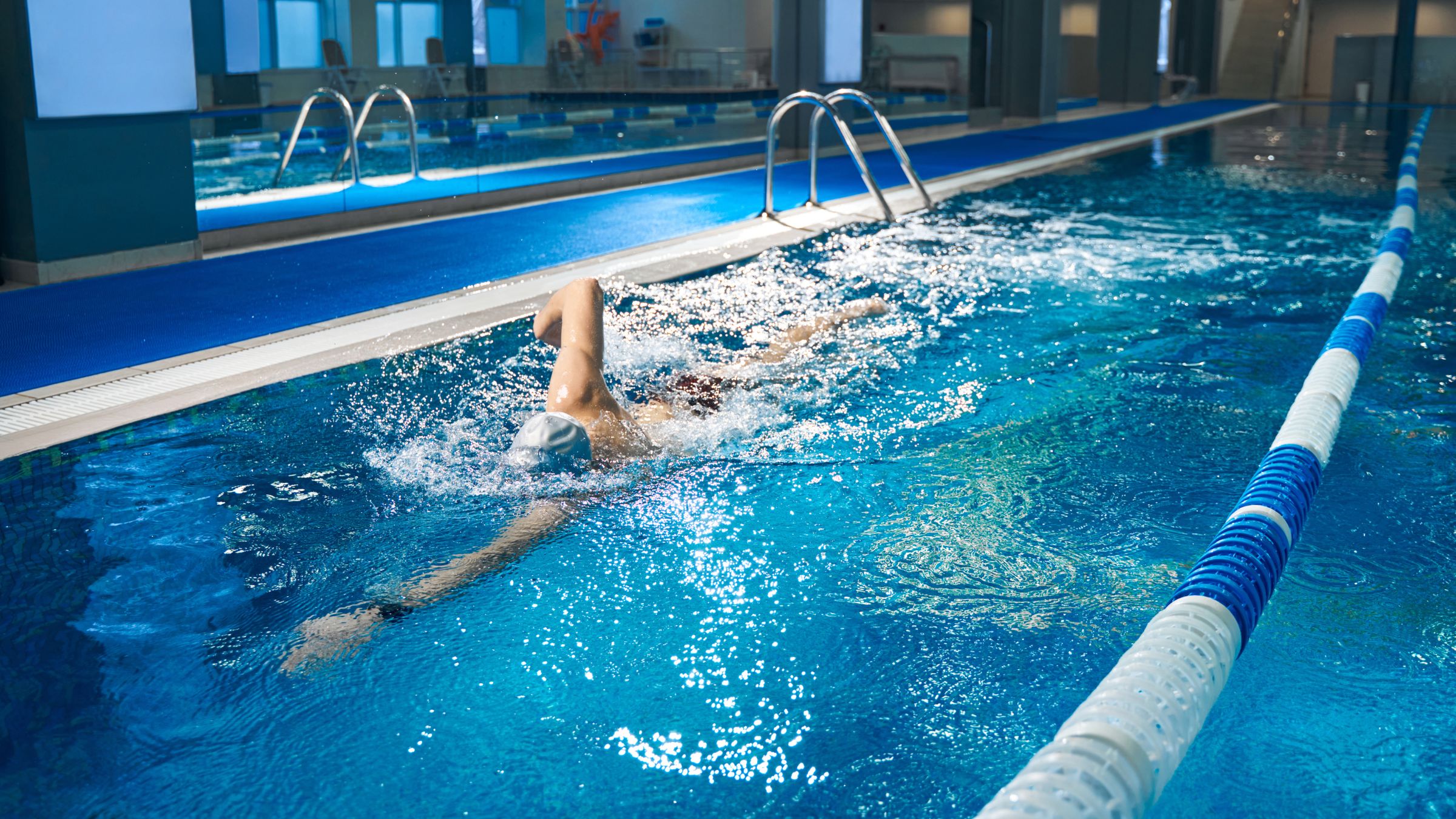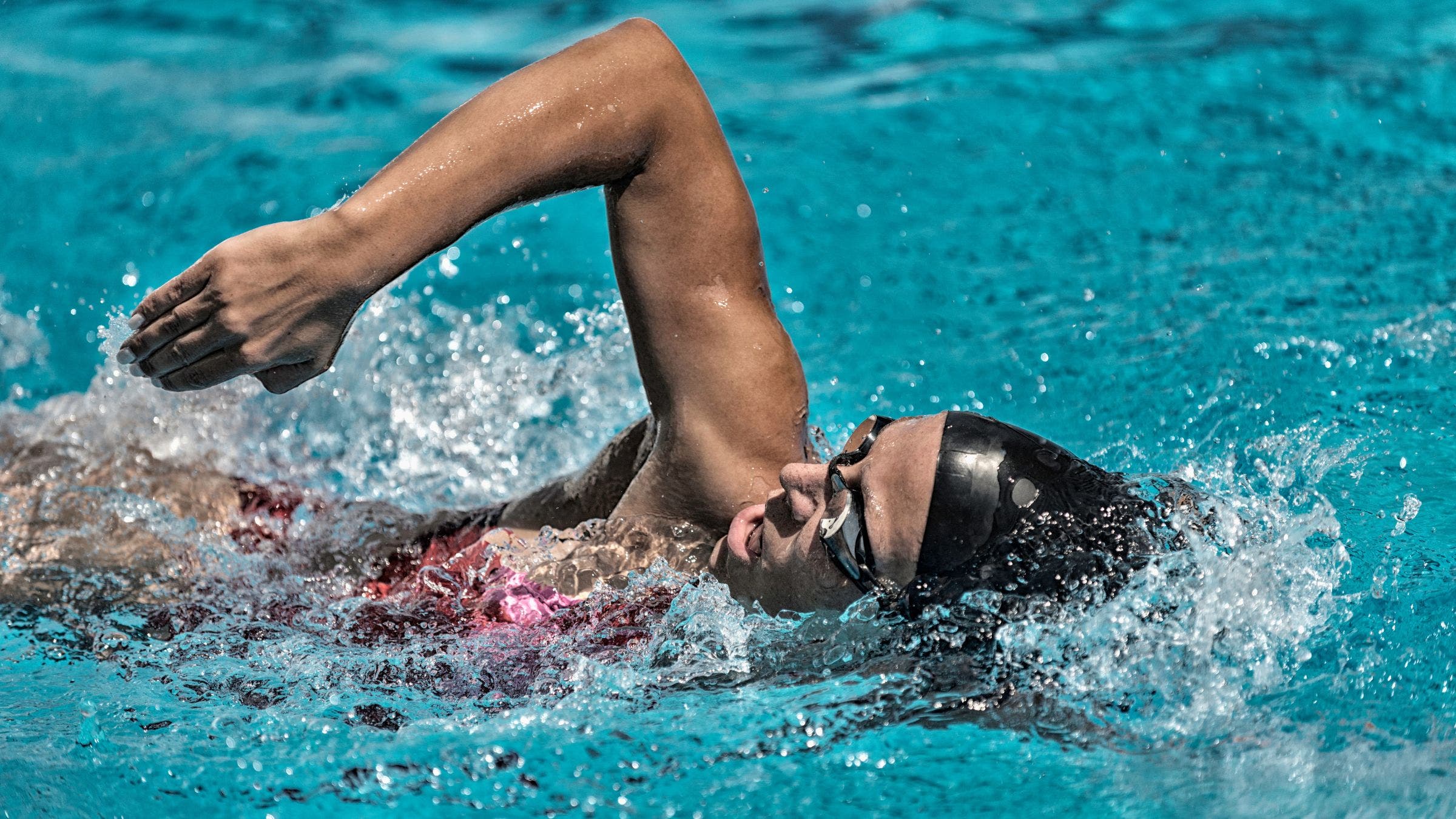What Is "Feel for the Water?"

(Photo: Getty Images)
The best swimmers in the world are masters at feeling the water. Feeling or “holding” the water in order to gain traction and move the body forward is critical to swimming success, yet can be a difficult concept to grasp and apply. Olympic swimmer and triathlete Sheila Taormina, author of Swim Speed Secrets, explains.
Coaches are even divided as to whether or not a feel for the water can be taught. I wholeheartedly believe it.
Describing feel can get so abstract that coaches are oftentimes heard commenting that the greatest swimmers look as “one with the water.”
What the heck does that mean? How can we learn to do it, too?
The strokes of the best swimmers are fluid and look effortless. They seem to swim using some kind of X factor. The X is not abstract, nor is it a gift handed out by fate. It can be learned. Our study of fluid dynamics and stroke mechanics reveals what swimmers must do to add the X factor in their strokes.
RELATED: 5 Swim Tips and Drills to Help Improve Your Stroke
The X Factor In Swimming: A Feel For The Water
That X factor involves what in swimming is called a feel for the water. Feel is also referred to as an athlete’s “hold” on the water—the ability to gain traction on a fluid and translate it into forward movement. We all are subject to lift and drag in the water. How do elite swimmers feel when they interact with these forces? Do they feel them like everyone else, or do they have a different, gifted, sensory function?
Lift and Drag
Elite swimmers do not feel lift and drag differently. Lift and drag are simply felt as resistance or pressure on the limb. You can press your hand/arm in any direction on the water and feel the resistance. There is no secret to it. However, elite swimmers do have sharpened kinesthetic and proprioceptive abilities, which allow them to feel how the force they exert against the resistance translates to speed in the water, as well as when the resistance can be used to propel themselves forward.
Kinesthesia
Kinesthesia is the ability to feel movements of the limbs and the body, and proprioception is the ability to sense the position and location of the body and its parts. These two sensory skills account for the fluidity and almost effortless-looking nature of elite swimmers’ strokes. Having kinesthetic and proprioceptive abilities may be a gift that some swimmers naturally have, but these can be developed in any athlete through deliberate practice.

How to develop a feel for the water
Let’s look at what swimmers must do to develop these heightened abilities, so they can put the X factor in their strokes.
You can develop swimming kinesthetic ability by:
- Maximizing the surface area of your limbs through use of paddles and single-arm swim drills.
- Holding the proper amount of muscle tension in those limbs.
RELATED: The Four Pillars Of The Freestyle Swim Stroke
It won’t do you much good to develop kinesthetic abilities only to then press on the water in the wrong direction. Your hand/arm must face back on the water throughout the curvilinear path in such a way that the resultant forces of lift and drag propel you forward. Having the proprioceptive ability to recognize when your limb is in the correct position is critical.
Develop swimming proprioceptive ability by:
- Effective drills
- Periodically stop swimming mid-stroke, freeze-frame your hand/arm during the pull, and look back to see if your stroking paddle faces back on the water. (Or have someone record video of you while swimming and freeze-frame to view the placement of your hand.) If not, adjust and consciously work to memorize what it feels like to do it right.
Hand acceleration
When it comes to a masterful hold on the water, there is one other stroking feature that elite swimmers share: hand acceleration.
Elite swimmers’ hand speed is slowest during the catch and increases as they progress through the stroke, while less proficient swimmers stroke with constant, unchanging hand velocity. Hand speed is directly related to hand force; faster hand speed translates to increased force. Therefore, elite swimmers’ hand force increases as they progress through the stroke cycle. You can learn this too, and drills can help.
Below you can watch Olympic gold medalist Peter Vanderkaay demonstrate a feel for the water drill called the Tornado Drill (or Vortices Drill).